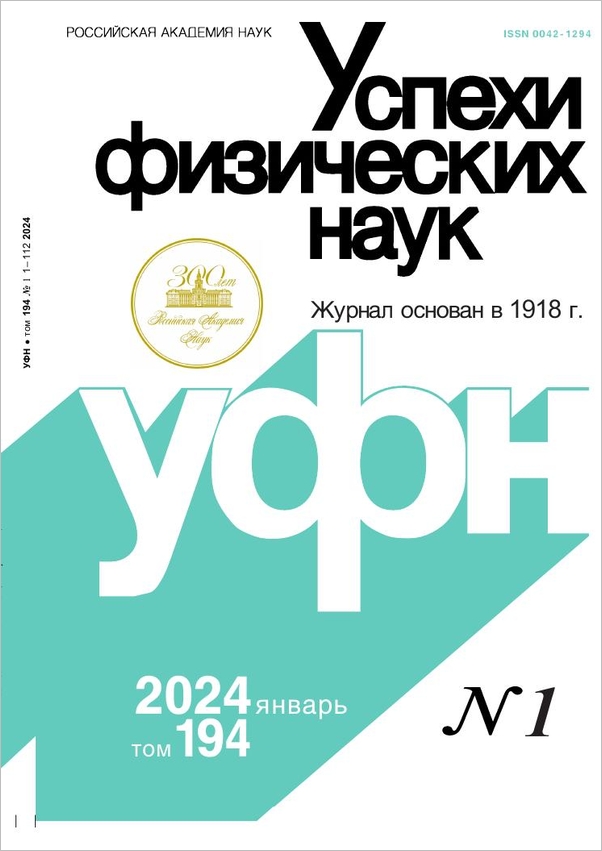|
This article is cited in 144 scientific papers (total in 144 papers)
REVIEWS OF TOPICAL PROBLEMS
Concentration quenching of noncoherent excitation in solutions
A. I. Burshtein
Institute of Chemical Kinetics and Combustion, Siberian Branch of the USSR Academy of Sciences, Novosibirsk
Abstract:
Delocalization of excitation in a system of disordered but uniformly distributed centers, its quenching by alien admixtures, and self-quenching by cross relaxation by pairs of identical particles are considered. It is shown that the direct transfer of excitation from an initial center to its neighbors becomes sequential and transforms into diffusion. However, quenching is seldom diffusive. As a rule, it follows a singly-acting hopping mechanism. Different theories of this mechanism are discussed and compared. The transformation from the diffusive to the hopping mechanism is described, and criteria for both are examined. Theoretical considerations are illustrated by applications to the kinetics and rates of concentration quenching of electronic, vibrational, and spin excitations in solid and liquid solutions. This is based on data on the selective and nonselective luminescence of rare-earth ions, picosecond absorption by dye molecules, and the decay of the electron spin echo signal due to hydrogen atoms in irradiated hosts.
Citation:
A. I. Burshtein, “Concentration quenching of noncoherent excitation in solutions”, UFN, 143:4 (1984), 553–600; Phys. Usp., 27:8 (1984), 579–606
Linking options:
https://www.mathnet.ru/eng/ufn8527 https://www.mathnet.ru/eng/ufn/v143/i4/p553
|


| Statistics & downloads: |
| Abstract page: | 75 | | Full-text PDF : | 30 |
|





 Contact us:
Contact us: Terms of Use
Terms of Use
 Registration to the website
Registration to the website Logotypes
Logotypes








 Citation in format
Citation in format 
